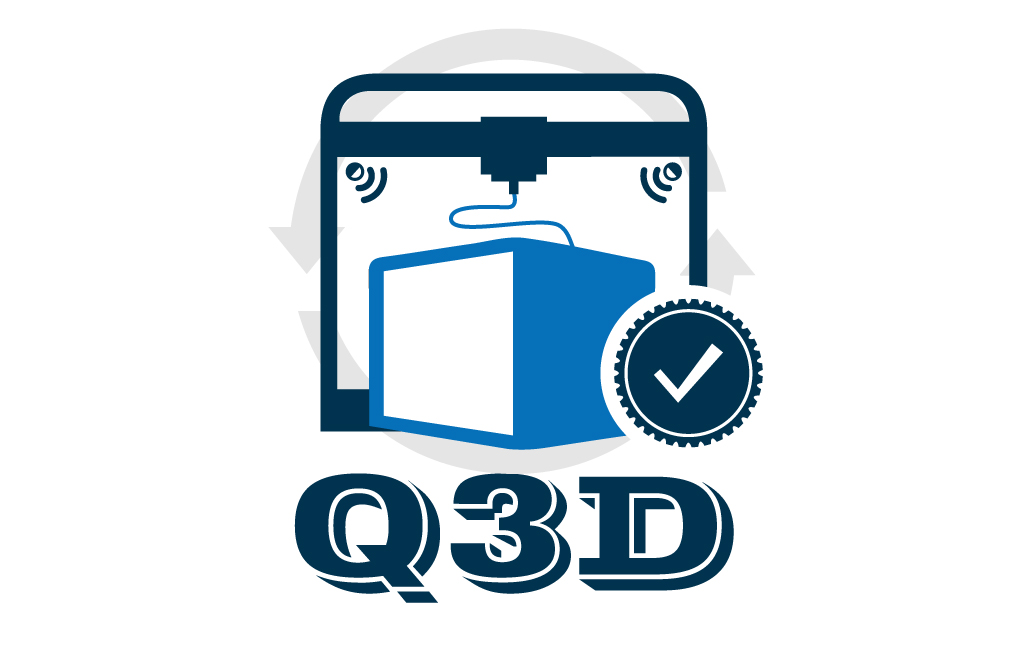It is a common belief that Additive Manufacturing technology is currently being promoted as the spark of a new industrial revolution, while gaining momentum into numerous emerging markets especially in manufacturing field, due to its potential in various scientific fields. In fact, the Additive Manufacturing term is used for refering to a great diversity of technologies that are mainly utilized to fabricate physical models, prototypes, or functional components directly from 3D Computer-Aided Design (CAD) data. In particular, Additive Manufacturing is one of the fastest growing markets worldwide, while facilitating and accelerating the manufacturing processes, from designing and modeling prototype procedures, to the production, the control, and finally the distribution of the product. The main reason of the success of Additive Manufacturing technologies is the combination of geometric flexibility, low-cost production, high-speed prototyping and accuracy of the final result.
Nevertheless, despite the concrete perspectives and potentialities of this technology, a remarkable number of parameters prevent its integration to a large extent. Actually, the accurate and punctual certification of the produced prototypes or components is considered as the main obstacle to its widespread use.
For all the above reasons, it becomes apparent the necessity for the development of appropriate digital tools and integrated service systems that will achieve a sustainable competitive advantage in the international marketplace and additionally improve the 3D printing process, by ensuring the quality of the manufactured product is more crucial than ever. Basically, the increasing demands of modern society, focused on personalized, customized, eco-friendly and sustainable manufacturing of products, play a significant role in the demand for development and optimization of the existing technical know-how and of the current available systems and infrastructures.
By taking into account all the above emerging trends, the Q3D project is expected to lay the basis for the following: the development of an accurate, responsible and integrated philosophy of automated processes, based on monitoring and controlling the regular flow process, the optimization of 3D printing process, the quality assurance of the fabricated product, the careful management of the equipment, the available materials, the time and of the human resources in the entire 3D printing procedure.


